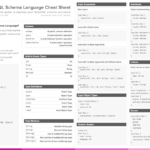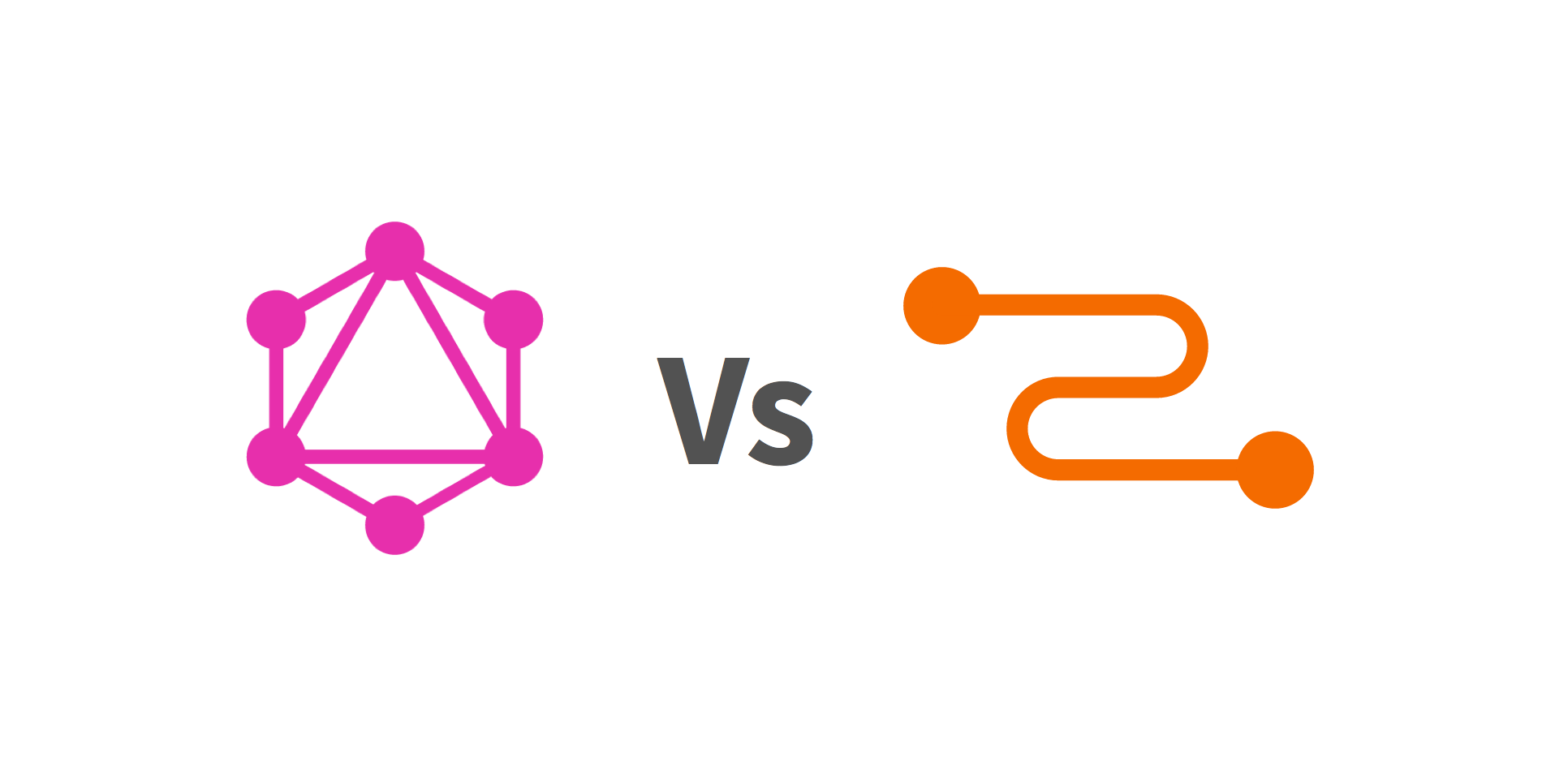Even if like Romain says, Too much tutorial kills tutorial, Here is a nice list of tutorial and resources about GraphQL.
Everyone can take away what he needs. Feel free via the comments to notify us other resources and why not yours ?
Book : Learning GraphQL and Relay (Author :Samer Buna)
Book Description : There’s a new choice for implementing APIs – the open source and Facebook-created GraphQL specification. Designed to solve many of the issues of working with REST, GraphQL comes alongside RelayJS, a React library for querying a server that implements the GraphQL specification. This book takes you quickly and simply through the skills you need to be able to build production ready applications with both GraphQL and RelayJS.
Beginning with a solid foundation in the GraphQl specification, this book swiftly moves to how a data layer can be implemented for your web application using Relay. Get to grips with GraphQL and Relay concepts creating data containers, data masking, and more as your progress towards building a production-ready application.
https://www.amazon.fr/Learning-GraphQL-Relay-Samer-Buna/dp/1786465752/
Introduction to GraphQL (Source GraphQL)

Learn about GraphQL, how it works, and how to use it in this series of articles. Looking for documentation on how to build a GraphQL service? There are libraries to help you implement GraphQL in many different languages.
http://graphql.org/learn/

GraphQL Schema Language Cheat Sheet (Source Hafiz Ismail)
Guaranteed to make you a better and respected GraphQLinguist amongst your peers.
Download PDF file.
 How to use GraphQL in your Redux app (Source : freecodecamp.com)
How to use GraphQL in your Redux app (Source : freecodecamp.com)By the end of this tutorial, you will have learned how to solve this problem by letting the Apollo Client fetch and manage data for you. You will no longer have to write multiple action dispatchers, reducers, and normalizers to fetch and sync data between your front end and your back end.
https://medium.freecodecamp.com/tutorial-how-to-use-graphql-in-your-redux-app-9bf8ebbeb362
Seamless integration for GraphQL and React (Source : James Baxley III)
Building a better API for react-apollo
One of the things that makes React wonderful is how everything you need to know about a view is all in one place. The logic behind the view, the markup it creates, and even the css is all in one file. This idea is called colocation, and it makes your application much more testable and understandable.
https://medium.com/apollo-stack/seamless-integration-for-graphql-and-react-6ffc0ad3fead
From REST to GraphQL (Source : 0x2a.sh)
GraphQL is still new and best practices are still emerging. This post describes some of my journey with implementing a GraphQL backend service, so it is a snapshot of what I’ve learned so far, presented in the hopes that it will be useful to others. Also, some of the specific real-world implementation details internal to Playlist have been paraphrased / simplified / anonymized for obvious reasons.
https://0x2a.sh/from-rest-to-graphql-b4e95e94c26b
How do I GraphQL ? (Source : )
Top 3 things to know coming from REST
GraphQL’s query language is very easy to understand. For most people, it clicks immediately and doesn’t require much explanation. Thanks to GraphQL’s type system and tools like GraphiQL — a query builder/editor for GraphQL — learning GraphQL isn’t hard at all, and its advantages over traditional RESTful APIs become obvious quite quickly.
https://medium.com/apollo-stack/how-do-i-graphql-2fcabfc94a01
Moving existing API from REST to GraphQL (Source : Jonas Helfer – Core Dev @meteorjs, @apollostack)
So last 6 months I saw talks about GraphQL at almost every conference related to web development. A lot of posts and articles are issued about it. But all these things are mostly about basics of GraphQL or new features and looked superficially. So I’d like to tell about my personal experience of adopting real big system to GraphQL.
https://medium.com/@raxwunter/moving-existing-api-from-rest-to-graphql-205bab22c184
Creating a GraphQL Server with Node.js and MongoDB (Source : Bruno Mota / sitepoint.com)
Introducing GraphQL, a query language which unifies the communication between client and server side. It allows the client side to describe exactly the data it needs, in a single request.
In this article, we’ll create a Node.js/Express server with a GraphQL route which will handle all our queries and mutations. We’ll then test this route by sending some POST requests and analyze the outcome using Postman.
You can find the full source code for this application here. I’ve also made a Postman collection that you can download here.
https://www.sitepoint.com/creating-graphql-server-nodejs-mongodb/
Tutorial: Getting started with GraphQL queries and mutations (Source : Tim Lucas / buildkite.com)
GraphQL is a new standard for defining, querying and documenting APIs in a human-friendly way, with built-in documentation, a friendly query language and a bunch of tools to help you get started ⚡️
If you’ve used Buildkite then you’ve used GraphQL—we’ve been driving almost all front-end development through our public GraphQL endpoint (graphql.buildkite.com) ?
I’ll show you how use GraphQL to create scheduled builds on Buildkite—a feature that isn’t even available yet via the web UI! ✨
https://building.buildkite.com/tutorial-getting-started-with-graphql-queries-and-mutations-11211dfe5d64
GraphQL vs Relay (Source : Arunoda Susiripala / kadira.io)

If you are familiar with GraphQL, you have probably heard about Relay and vice versa. But sometimes these products are treated as the same thing.
The difference is clear. GraphQL provides a way to model and expose data in your app. You can use it on top of any kind of data source and use it with any kind of transport layer.
On the other hand, Relay is an efficient client-side data-fetching technology built for React. It talks to a GraphQL Schema to get data. Relay also has a server-side part that adds some features on top of GraphQL.
If you haven’t tried GraphQL yet, give it a try with our Learn GraphQL course. You can complete it under 2 hours.
https://kadira.io/blog/graphql/graphql-vs-relay
See you soon for a next resume about Meteor.
Sébastien, @JS-Republic
More articles about Resources and tutorials :
- REACT : http://blog.js-republic.com/20-resources-and-tutorials-about-reactjs-framework/
- NODE : http://blog.js-republic.com/compilation-de-tutos-ressources-nodejs/
- GRAPHQL : http://blog.js-republic.com/compilation-ressources-graphql/ (? you are here)
- METEOR : http://blog.js-republic.com/compilation-ressources-meteor/
- TYPESCRIPT : http://blog.js-republic.com/resources-range-about-typescript/
- REDUX : http://blog.js-republic.com/resources-range-about-redux/
- EmberJS : http://blog.js-republic.com/emberjs-resources-range/
- Angular : http://blog.js-republic.com/angular-resources-range/
